
With spring cleaning, comes a look at indoor pollution
Spring officially started on March 20th and it’s a time many people dive headfirst into spring cleaning. Spring cleaning looks different for each person. For me, spring cleaning includes shedding unused products and taking stock of my day-to-day environment. This routine ensures healthy living; one of my passions. It also improves the environment which plays a role in health. This is highlighted by the increasing rate of environmentally triggered cancers, autoimmune conditions and asthma in the United States. Making smart choices to protect the environment is a huge step in this quiet pandemic. The way you live is within your control and it can significantly impact your quality of life. It may also help to prevent the onset or progression of disease. However, not everyone owns a home or has control over the quality of their living space. With that said, there are choices that you can make to improve your personal space. This spring let’s talk about ten indoor pollution examples and ways to address them and clean up your personal space for overall health.
10 common indoor pollution examples
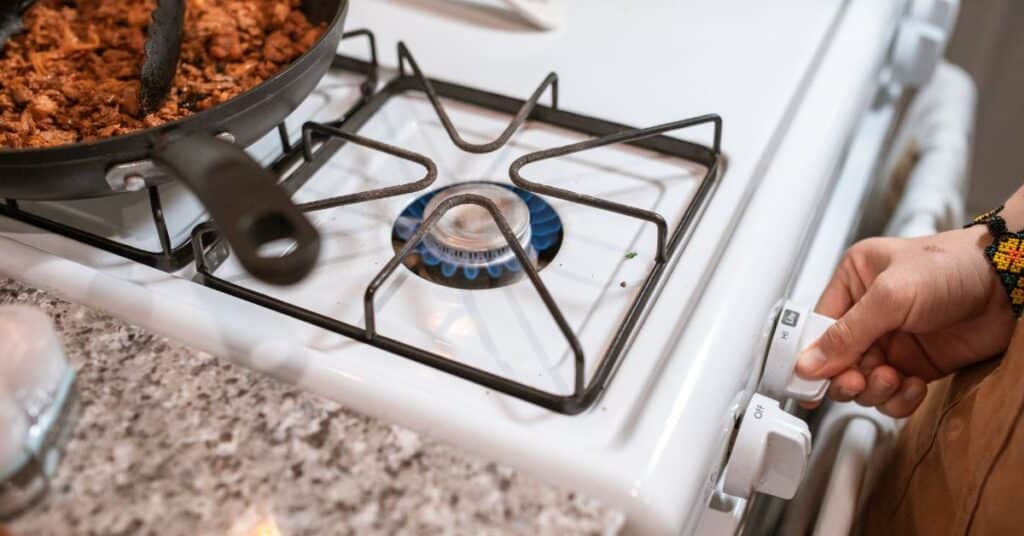
1. Air quality when using appliances, like gas ranges, or cleaning supplies
Opening your windows when weather permits is an easy way to filter the air in your home. However, this improved circulation may not be enough to filter out contaminants. Two things you could easily add to any apartment or home is a small air filter or HEPA air filters for the HVAC system. Turning on fans and using filters is key when using gas ranges or cleaning your home.

2. Tap water quality
Using proper water filtration is one of the most important steps in reducing indoor pollution in your home. Tap water is rich in chemicals and pollutants including chlorine, lead, mercury, fluoride, herbicides and pesticides.
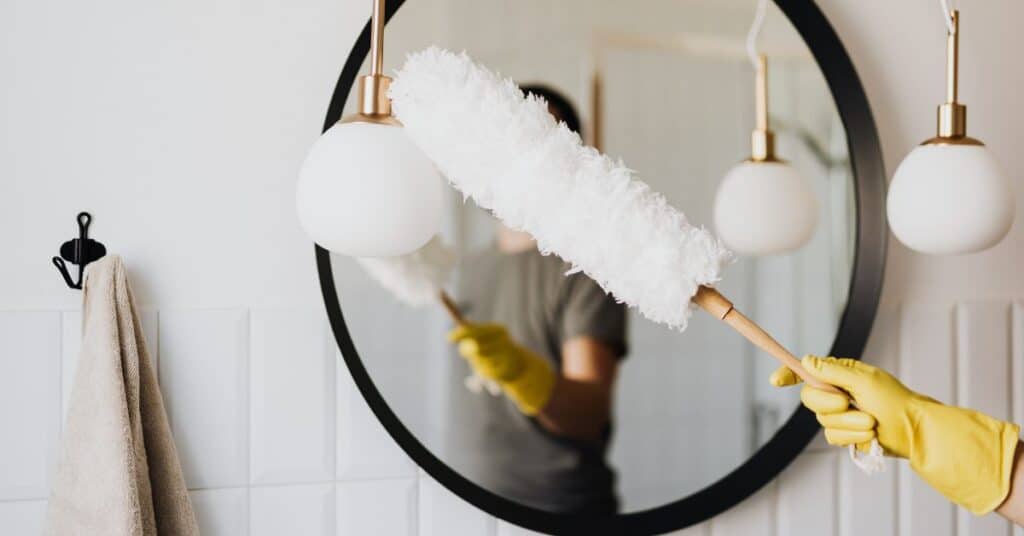
3. Dust
Microfiber cloths are best for dusting. Dust bunnies are havens for chemicals. To avoid this problem make sure to regularly collect dust from countertops, shelves, baseboards, and windows.
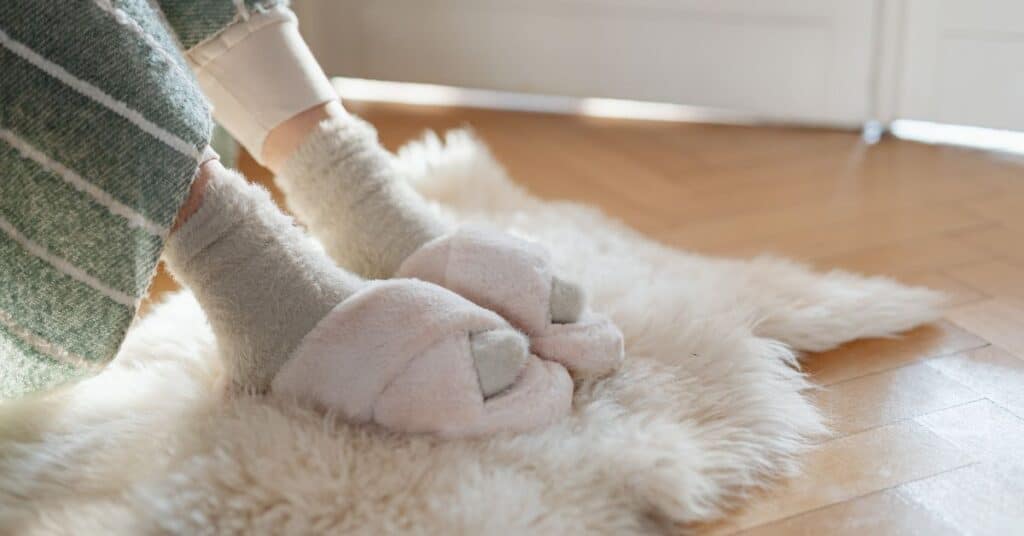
4. Using outside shoes inside
Keep outside shoes outside. They bring in the chemicals from the outdoors. If your feet are cold, use house slippers, socks or designated house shoes to protect your feet.
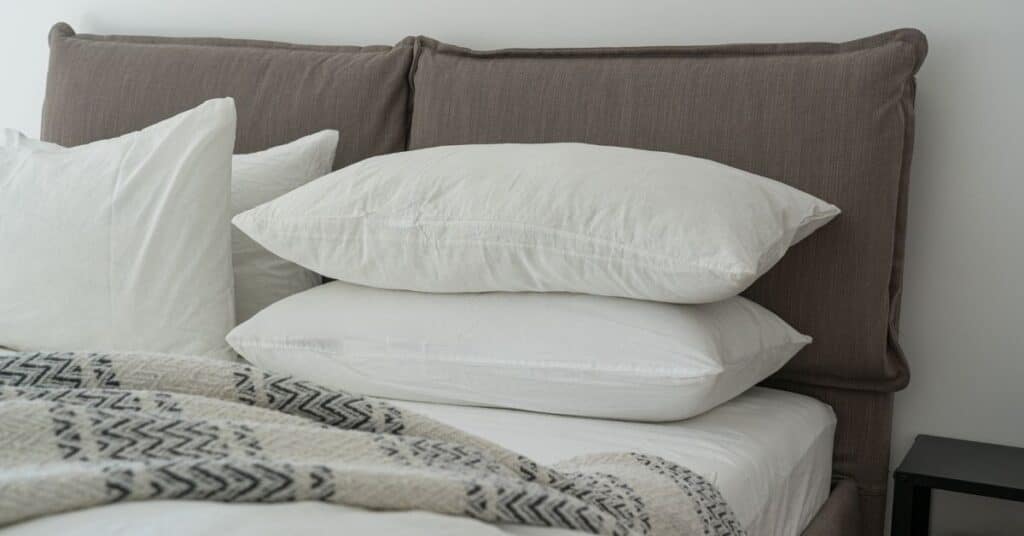
5. Your mattress
I once read that adults spend a third of their lives in their beds and children spend even more time in bed. This statistic emphasizes the importance of a toxin free mattress. Traditional mattresses off-gas volatile organic compounds (VOCs) and some are treated with flame-retardant chemicals. An organic mattress made of cotton, wool or natural latex is ideal but if you can’t afford this mattress or do not need a new mattress, try an organic mattress cover.
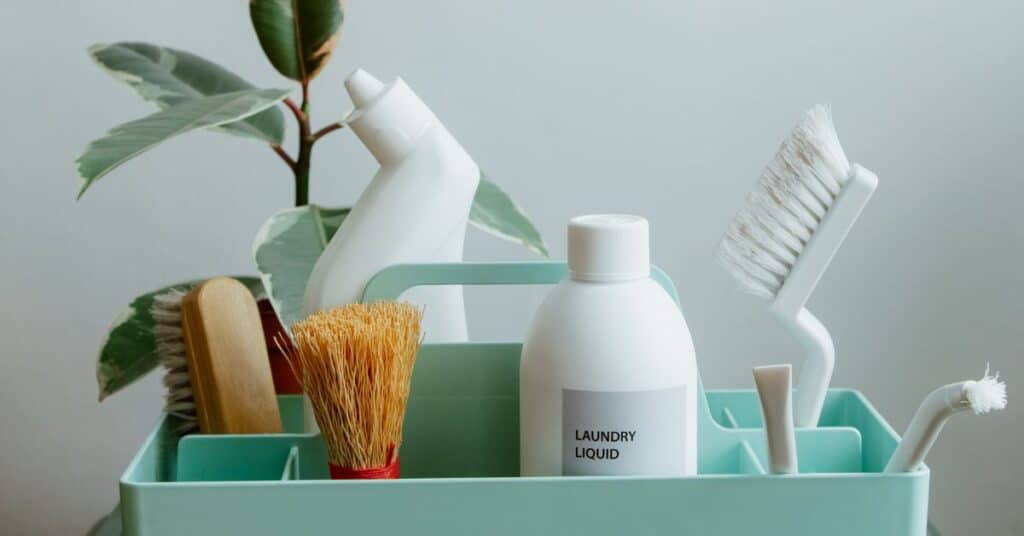
6. Cleaning supplies
Just because the product is labeled as green or natural doesn’t mean it’s clean. Many of these products may contain fragrances that can produce VOCs. My favorite cleaners include water and vinegar. There are a variety of recipes online for homemade cleaning products. If making your own cleaning products sounds overwhelming, you can use the EWG’s Guide to Healthy Cleaning.
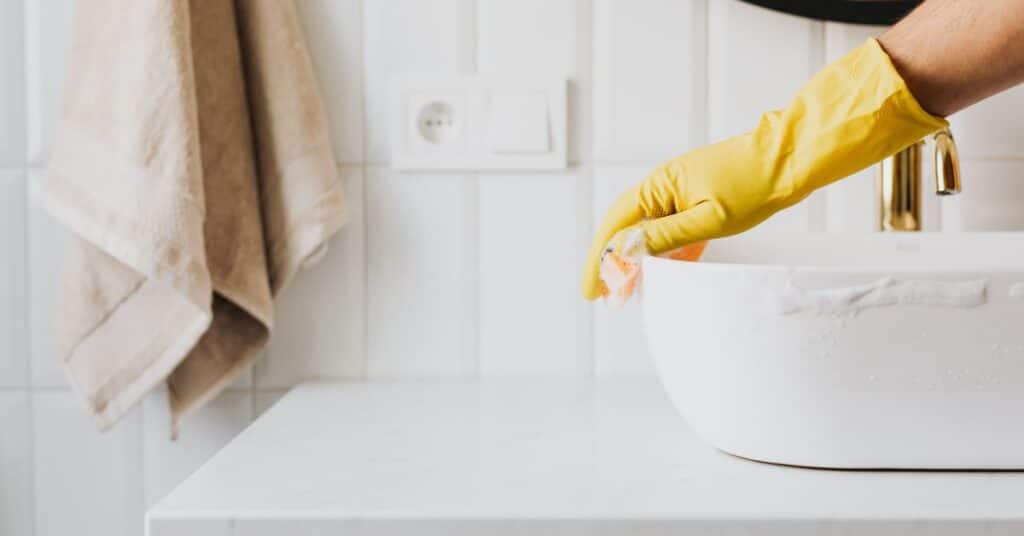
7. Mold
Steam cleaning is a clean and effective way of removing dirt, mold and dust. Steam cleaners can be used on almost anything (except for unglazed tile or unfinished wood floors). This is one of my favorite house tools. Use this one tool throughout your home on tile, showers, floors, countertops, furniture, mattresses…you name it, you can pretty much steam clean it.
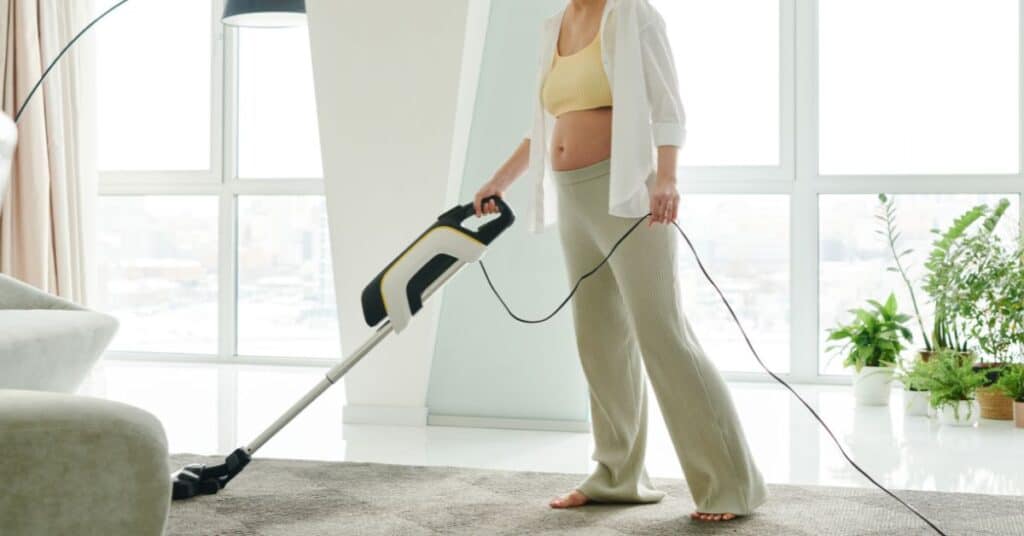
8. Your vacuum and/or lack of vacuuming
Using a vacuum with a HEPA filter traps dust, bacteria, pathogens and particles, and also reduces the levels of many chemicals. This should be part of your weekly routine to maintain a clean home.
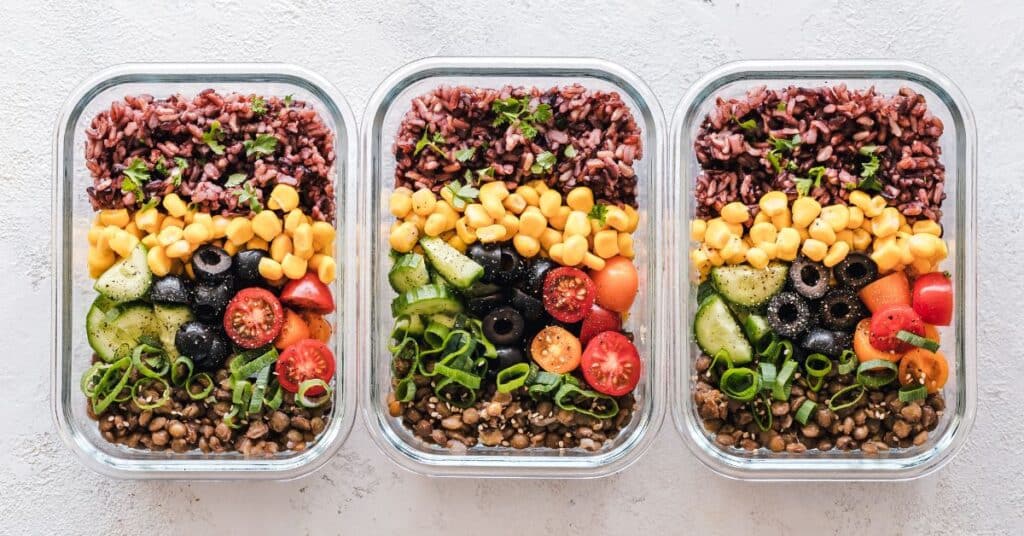
9. Plastic storage containers and wraps
Say goodbye to plastics. Plastics are used throughout the food industry for food and beverage storage. They are also used in other industries including furniture and home construction. In an effort to eliminate as many plastics as possible, I recommend using glass or ceramic storage containers. Don’t forget about plastic wrap. If you use it frequently, try beeswax wrap instead.
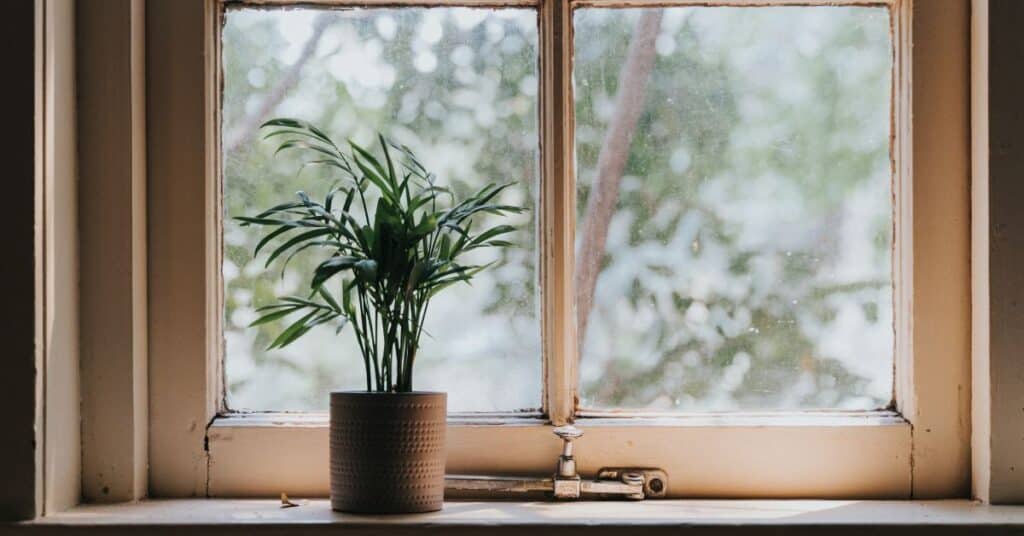
10. General air quality
Not only are house plants pretty additions to your home, they are also functional. Potted plants can absorb toxins and maintain a clean-living environment. Make sure to use soil that is clean of toxins. If your plant comes with soil, I recommend re-planting it or testing the soil with a home test kit.
Now that you know the these ten examples of indoor pollution, which one do you want to address first? No need to implement all ten tips at once. Start with one and make it a consistent practice in your home. Then, slowly add the other tips for a complete detoxification. Beyond these ten environmental changes, make sure to continue eating a variety of plant-based foods. Think jewel toned fruits and vegetables that fill up half your plate. These foods will provide nutrients that support detoxification pathways. This spring, choose to clean up your life and promote your health. If you need professional advice on a healthy diet and lifestyle, check out how I can help here.

